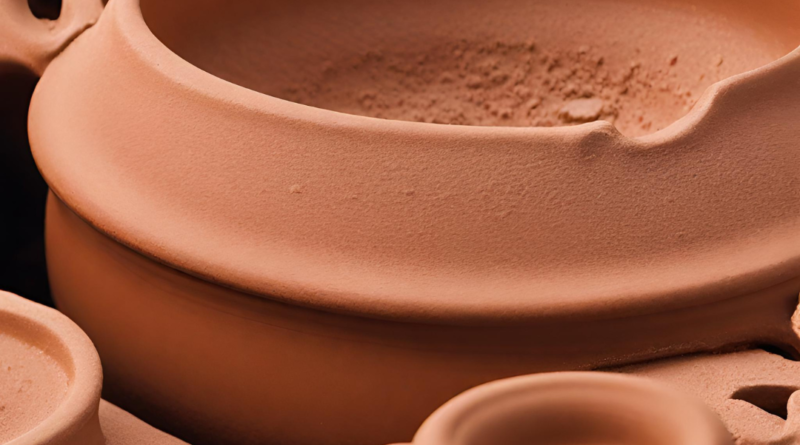Can clay pots be used for making fermented foods like yogurt or kimchi?
Yes, clay pots can be used for making fermented foods like yogurt or kimchi, and they can offer some advantages for the fermentation process. Here’s how to use clay pots for fermenting these foods:
Yogurt:
1. Prepare the Clay Pot
Choose a clean, unglazed clay pot or a dedicated yogurt maker that is designed for fermenting yogurt. The pot should be large enough to accommodate the amount of yogurt you want to make.
2. Heat the Milk
Heat the milk to the desired temperature for yogurt-making (usually around 180°F or 82°C) to kill any unwanted bacteria and enzymes. Allow it to cool to around 110°F (43°C).
3. Inoculate with Starter
Add your yogurt starter culture or a small amount of plain yogurt with live active cultures to the cooled milk. Mix it thoroughly to evenly distribute the culture.
4. Transfer to the Clay Pot
Pour the milk and culture mixture into the clean clay pot.
5. Cover
Cover the clay pot with a lid or cloth to keep the milk mixture warm during fermentation.
6. Ferment
Place the clay pot in a warm, draft-free location for the fermentation process to occur. The clay pot helps maintain a consistent temperature, which is crucial for successful yogurt fermentation.
7. Wait
Allow the yogurt to ferment for the recommended time, usually around 4 to 8 hours, depending on your preference for thickness and tartness. Check the yogurt periodically to see if it has reached the desired consistency.
8. Chill
Once the yogurt is ready, refrigerate it to stop the fermentation process and cool the yogurt before serving
Kimchi
1. Prepare the Clay Pot
Choose a clean, unglazed clay pot large enough to hold the amount of kimchi you want to make.
2. Prepare Ingredients
Prepare your kimchi ingredients, including Napa cabbage, radishes, scallions, garlic, ginger, chili pepper flakes, and other seasonings.
3. Salt and Soak
Salt the cabbage and let it soak in water to soften and draw out excess moisture. Rinse and drain the cabbage thoroughly.
4. Mix and Pack
Mix the seasonings and ingredients together in a large bowl. Pack the mixture tightly into the clay pot, pressing it down to eliminate air pockets.
5. Ferment
Cover the clay pot with a lid or a cloth to allow gases to escape during fermentation. Place the pot in a cool, dark location for the kimchi to ferment. The porous nature of the clay pot can help regulate humidity and encourage fermentation.
6. Taste and Store
Taste the kimchi periodically to check for the desired level of fermentation. When it reaches the right taste and texture, transfer it to the refrigerator to slow down the fermentation process.
Clay pots can help create an ideal environment for fermentation by maintaining stable temperatures and allowing gases to escape. This can result in well-fermented, flavorful yogurt and kimchi. However, it’s important to clean the clay pot thoroughly after each use to prevent any residual flavors or odors from carrying over to the next batch.



